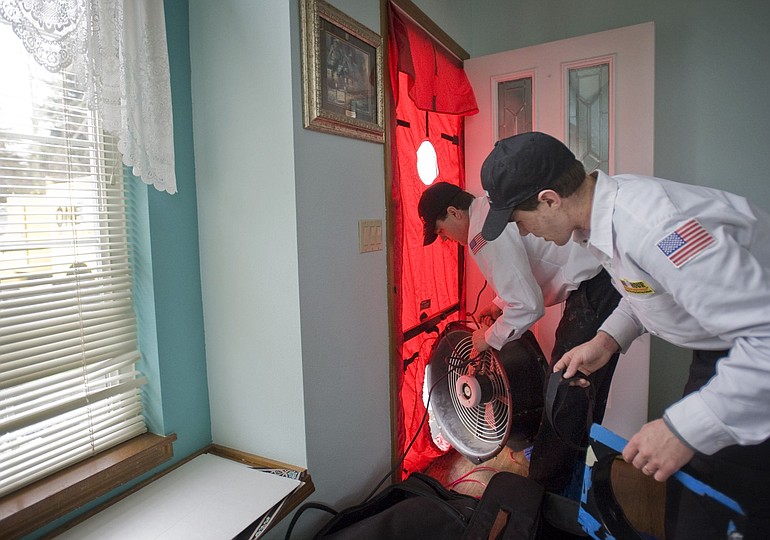Getting green will put more green in the wallets of 47,000 workers in four Western states over the next 20 years, according to a plan approved by the Northwest Power and Conservation Council.
The council said up to 3,500 direct jobs will be created in Oregon, Washington, Idaho and Montana in the next two decades as energy management companies and utilities hire technicians to meet demand for energy efficiency services. The council predicted that another 43,500 jobs will be created indirectly over that period as businesses take advantage of energy cost savings to boost their payrolls.
Demand for power in those four Western states is expected to increase by 7,000 megawatts by 2030, about the amount of electricity consumed by more than five cities the size of Seattle over the course of a year. Up to 85 percent of that demand can be met through conservation efforts, according to the council’s plan. Revised every five years, the plan serves as a guide for utilities to meet future energy needs at the lowest possible cost.
Energy-efficiency measures are the cheapest option by far, representing about half the cost of building new coal or natural-gas-fired power plants instead. Upgrades to homes and appliances have the most potential for savings at 2,600 megawatts, or 42 percent of the estimated total savings of 6,100 megawatts.
“A lot of this conservation doesn’t come from your utility over the next 20 years, it comes from decisions consumers make,” said John Harrison, a spokesman for the power council.
Harrison said demand for energy efficiency services should increase as consumers replace outdated furnaces and remodel their homes with energy-efficient windows and insulation, possibly with added incentives from their utilities.
Additional savings will come from upgrades to lighting and control systems in commercial buildings, more efficient consumer electronics, equipment and system optimization in industrial operations, upgrades to utility distribution systems and improved agricultural systems.
Not all of the potential energy-saving measures are cost-effective, however. In all, the council estimates about 5,800 megawatts of savings can be met, out of the 6,100 megawatts of energy efficiency measures identified.
Local impact
Northwest Natural Gas and Clark Public Utilities have already started stepping up energy efficiency programs in anticipation of the council’s new plan. The conservation budget is likely to increase at Clark utilities so it can meet new goals set by the power council.
“State Initiative 937 mandates that we achieve all the practical conservation we can achieve as identified by the (power) council,” said Mick Shutt, spokesman for Clark utilities. “We’ll evaluate the final plan, and at some time it will go to our commission to get approval of what else we might do.”
The new programs, in combination with stricter building codes related to saving energy, increased business somewhat last year for Miller’s One Hour Heating and Air-Conditioning in Vancouver.
“The state of Washington will start requiring duct sealing as part of the building code,” said Sharon Brouillette, a spokeswoman for Miller’s. “It’s extra hours for the workers … and it does cost the customer upfront, but in the long run it saves them money because they’re not heating under their house.”
Clark College is also preparing to help meet work force needs in the growing energy efficiency industry with a host-of new programs in the sector, including training in weatherization, smart-grid technology and control systems. The power council’s plan reinforces the school’s mission to prepare students for jobs of the future.
“There will be jobs for our graduates,” said Rassoul Dastmozd, vice president of academic affairs at Clark College. But, he cautioned, “we have to be very careful (about predictions). When the tire hits the road, we don’t know how many jobs will actually be created.”



